If you’re like us, you start the school year with enthusiastic plans to send your kids to school with lunches that are nutritious, affordable, and easy to make. You promise that you’ll plan ahead. You’ll put more effort into it. You’ll cut out the junk. But somehow mid-year finds us settled once again into our old lunch-making routine, frustrated and in search of fresh ideas. But don't despair — here are some great tips on how to make fresh, waste-free nutritious school lunches fresh lunches. Try some of these ideas:
- Pack lunches the night before and store them in the refrigerator overnight.
- Use any of the fantastic BPA-free bento-style boxes available on the market. They make lunch packing lots less tedious for the parent and more fun for the kids. See School Lunch in a Bento Box for lots of tips.
- Maximize leftovers. Prepare extra servings at dinnertime for the next day’s lunches. Pack the leftovers in lunch boxes in the evening when you’re doing your regular dinner clean up.
- Elicit the help of your children. Teach them how to make nutritious, waste-free lunches. Even a small child can help put carrots into a container or fill a water bottle. As they grow, give them more responsibility.
- Keep fresh fruits, vegetables, whole grains, and other nutritious foods on hand.
- Keep nuts (for older children) and dried fruit on hand for emergencies.
- Buy from bulk bins to reduce your costs. (Read ingredient labels carefully!)
- Make sure you have a set of containers that your child likes and can open easily.
- Write your child’s name on all containers before they leave the house.
What to Pack
- Fresh fruits and vegetables. Make sure your child eats at least 2-3 servings of dark green, red, and orange vegetables daily. Purchase organic locally grown produce whenever possible. Fresh fruits and vegetables provide fiber and a variety of vitamins & minerals and help reduce the risk of diabetes, constipation, and some types of cancer; and they can lower blood cholesterol. And, people who eat high-fiber foods are less likely to overeat.
- Whole-grain breads, crackers, bagels, muffins, pita, lavash, tortillas, rice, pasta, and cereal instead of white varieties. Whole-grains provide vitamins and minerals, fiber, and protein. Beans, nuts, and whole grains for protein instead of meat, eggs, and whole-milk dairy products. They contain more fiber, less fat, and fewer preservatives.
- Water instead of juice, fruit-flavored drinks, fruit punch, or soda. Water is what our bodies need. When children fill up on sugary drinks, they may not have room for more nutritious choices, and sodas deplete the body of much-needed calcium.
- Limit fats, especially hydrogenated and partially hydrogenated oils.
- Limit sweets. In addition to the increased risk of obesity, excess sugar consumption is thought to depress immunity. It has been linked to diabetes and heart disease and may increase the risk of cancer. Sugar consumption can also increase the incidence of tooth decay.
- Limit sodium. Sodium increases the risk of high blood pressure and stroke.
- These may sound like big changes, but taking one step at a time makes it manageable. After all, children who eat well tend to have lower obesity rates and are less likely to suffer from diabetes, high blood pressure, and heart disease-and they tend to concentrate better in school!
Make your lunches waste-free!
Families everywhere have started packing waste-free lunches. Here’s what you can do to reduce your lunch waste:
Pack food in reusable containers. Avoid plastic bags, plastic wrap, aluminum foil, and prepackaged foods whenever possible. Using a sturdy container will prevent “squishing.” With a resealable container, children can save uneaten food. Most single-serve packaging cannot be resealed, so the uneaten food (along with the packaging) ends up in the trash.
When your child brings home the leftovers, you know what’s been eaten and what’s been tossed. With disposable packaging, the lunch box may come home empty, but much of the food has been thrown away.
Purchase lunch foods in larger quantities.You'll save money over buying expensive single-serve packages. For example, purchase yogurt and applesauce in larger containers and spoon it into a smaller container for lunch. Buy quality bulk bin items, including fresh-ground peanut butter, nuts, dried fruits, and granola.
Consider purchasing a CSA share (Community Supported Agriculture) or shop at the farmers’ market. Visit www.localharvest.org to find a CSA or farmers’ market near you.
Cut up fruits and vegetables. That way children can eat some and save the rest for later. It’s hard to take two bites out of an apple during snack time and save the rest for lunch. It’s easier to eat a wedge or two and then reseal the container for later.
Use a refillable drink bottle. Juice pouches and some juice boxes are not recyclable, so consider packing water in refillable bottle. Juice boxes, pouches, and cans cannot be resealed, so much of the drink ends up in the trash. Packing water in a refillable bottle is far more economical and allows your child to rehydrate throughout the day. And there’s a bonus: water spills are easy to clean up-at home, at school, in the car, and in your child’s lunch box.
Pack reusable utensils instead of disposables. Pack reusables whenever possible. If you can’t for some reason, recyclables are the next best thing. If you pack recyclables, let your children know so they will remember to put them in the appropriate recycle bin.
Contributed by Amy Hemmert and Tammi Pelstring, the originators of Bentology.
- Make sure to explore the entire Veg Kids and Teens page on VegKitchen for lots of easy, healthy recipes for vegetarian and vegan kids and teens.
- Here are lots more ideas for healthy school lunches for vegetarian and vegan kids and teens.


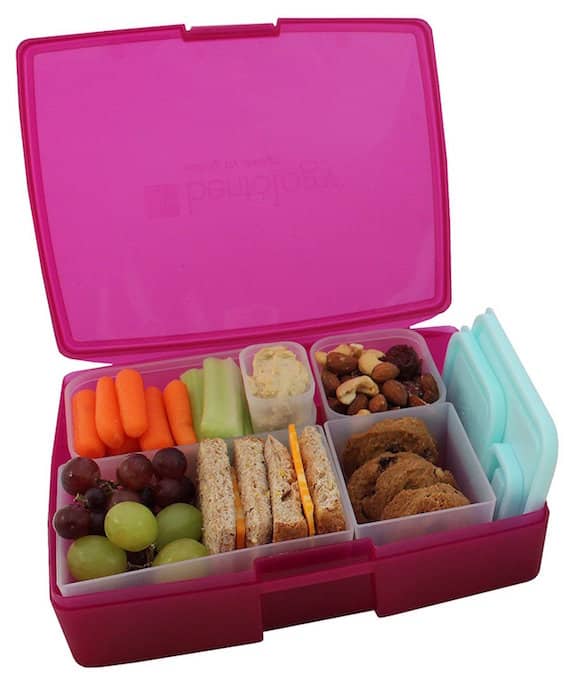
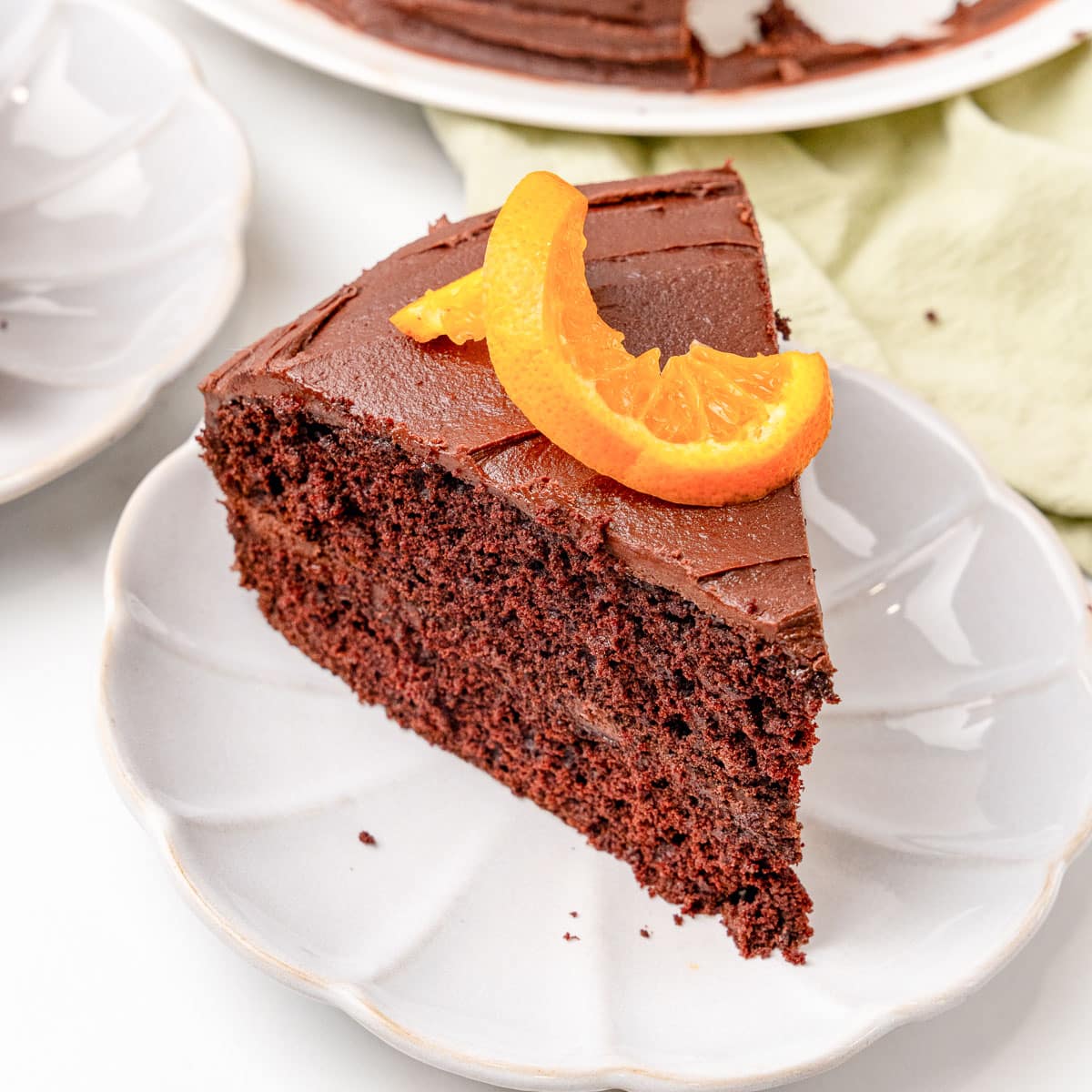
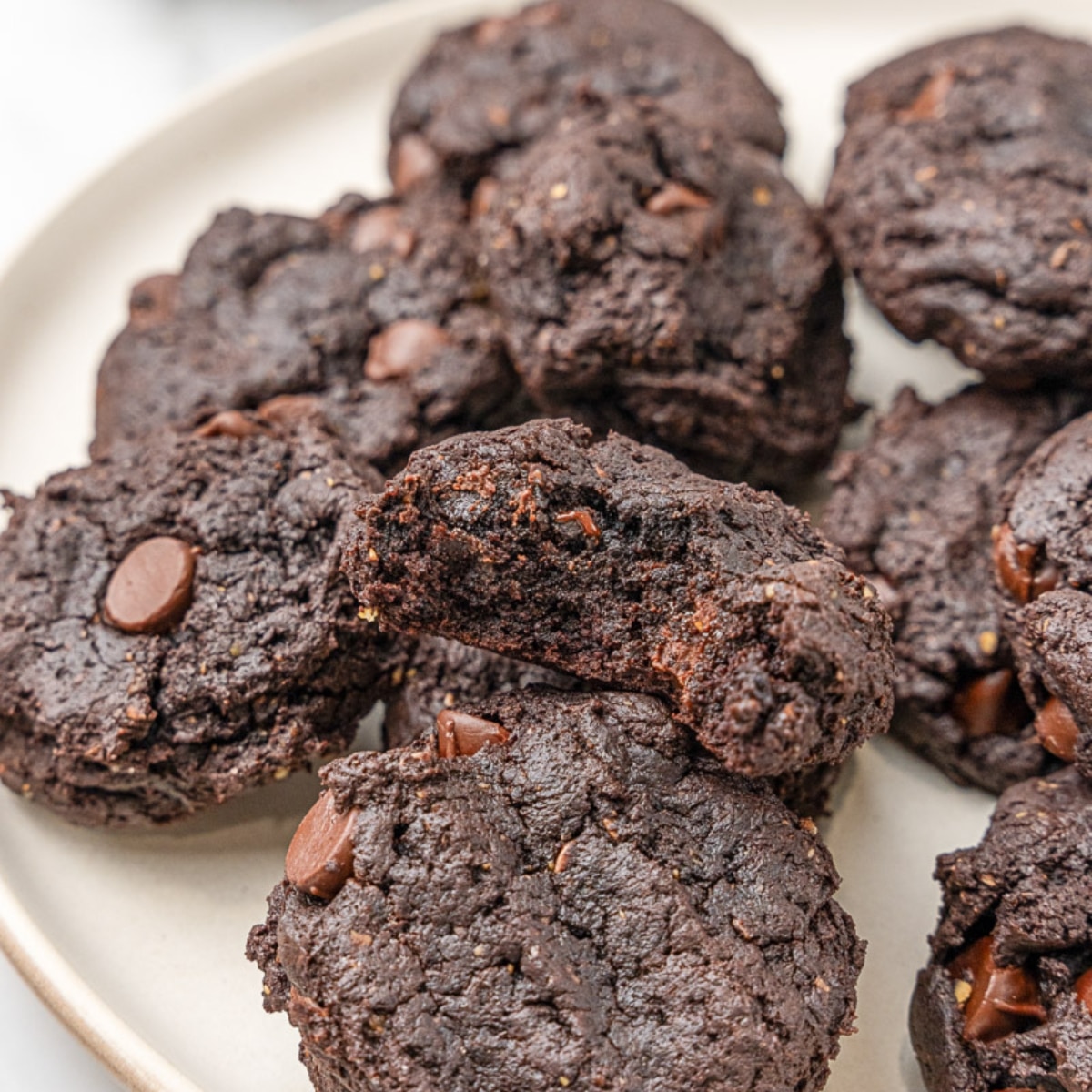
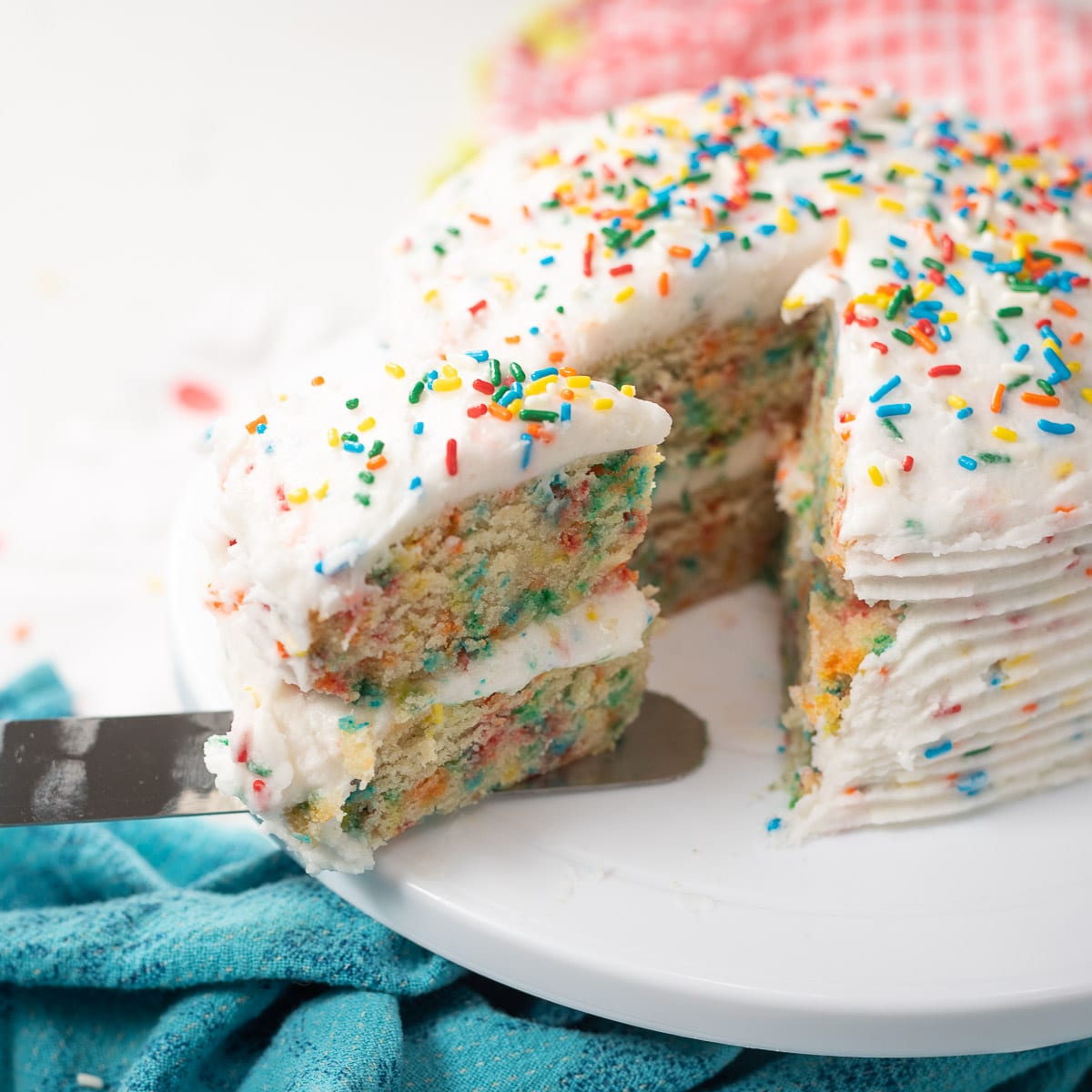
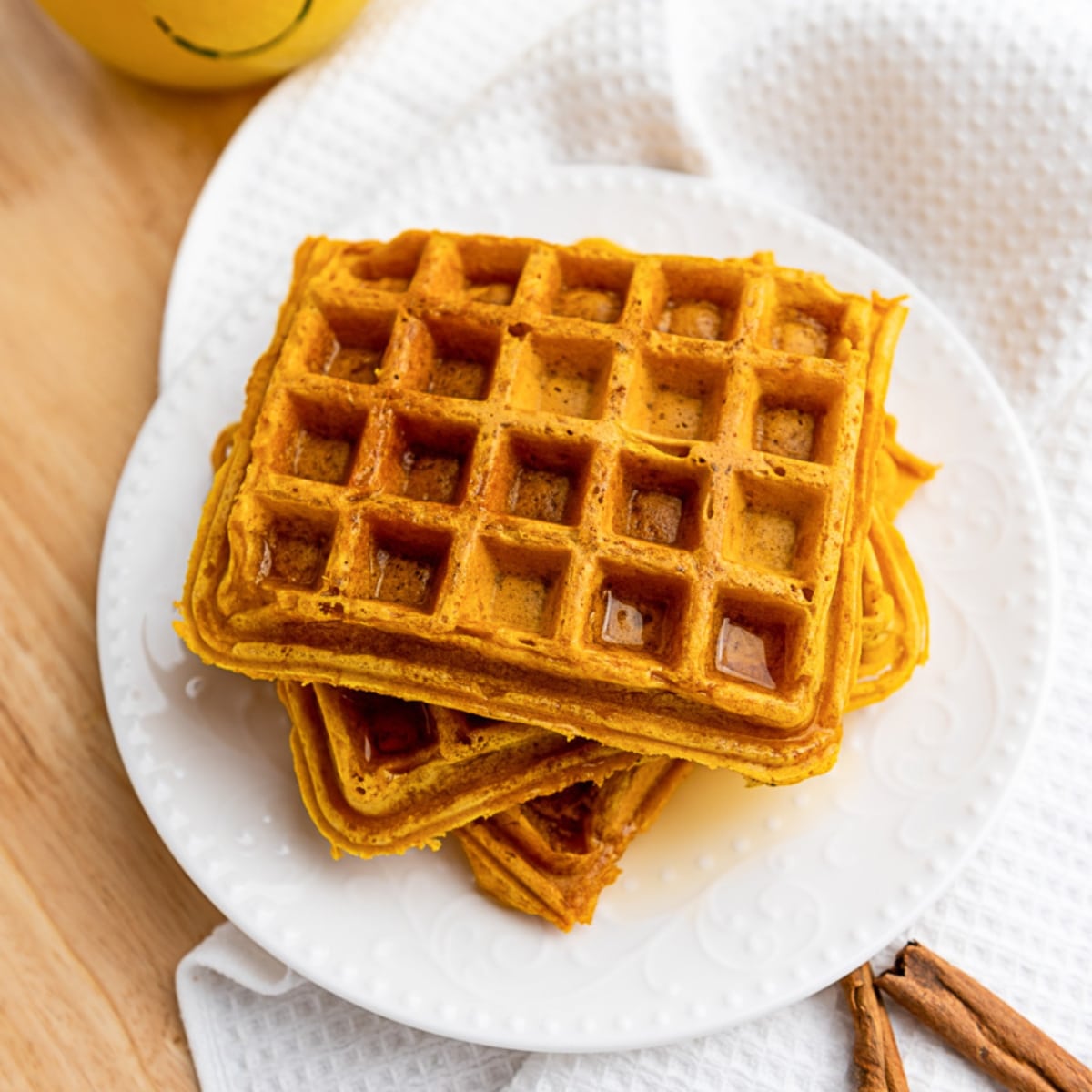
Nancy says
Thanks for the great ideas! We have also purchased reusable sandwich bags that can be put in the dishwasher! We got ours at target (called lunchskins 2) but I've noticed lots of brands online to choose from. These are nice, too, because they don't take up as much room in the lunch box as a sandwich box. Plastic "disposable" utensils also come home and are thrown in the dishwasher and reused. For years wi no visible deterioration (these were leftover party cutlery). This is great because if they accidentally throw it away, you haven't lost a piece of your flatware. We have refillable drink bottles with an ice pack that fits onto the cap -- keeps the drink cold!
Amelia Jenkins says
Hi, me being a self conscious, overweight child, I have decided to lose weight. This website is amazing, it has given me ideas to get my self a new body, I am already doing a dog walk a day, and cardio exercises for half an hour every day after school, and all I drink now is water, but I have never known what to eat until now, so thanks. xxxxx
XD Rims says
A well presented meal like that would be delightful to the eyes of kids, especially at school.